Xiaomi officially changes not only its superstructure on smartphones or tablets, but the entire ecosystem of software that comes with individual products. The future of the Chinese giant will be taken in the spirit HyperOS, which will replace the previously used graphical interface MIUI. What changes can be expected?
HyperOS connects all devices
HyperOS merge the software used on all products that Xiaomi produces. Whether it's smartphones Xiaomi, Redmi, POCO, or even products for the smart home, everything will fall into the newly created ecosystem. According to the company, this is how the smartphone will be presented "autonomous dynamic network between individual devices in real time".
Our team of more than 5,000 researchers and developers have poured their heart into this project. I'm incredibly grateful for the team's exceptional efforts! #XiaomiHyperOS pic.twitter.com/QEJFlkvBPy
- Lei Jun (@leijun) October 24, 2023
If you have, for example, smart home devices from the ecosystem at home Mi Home (Mijia), these things thanks to integration HyperOS very nice connection. It is certainly worth noting that electric scooters are supported in this ecosystem, for example, or even the upcoming electric ones themselves Xiaomi car. Thanks to such a connection, devices constantly exchange data with each other in real time.
Developers of the latest software, HyperOS, claim that this system has been in the process of maturing and improving for the last 13 years, i.e. since the very creation of the superstructure MIUI, when her Xiaomi stated in 2013.
Active research regarding this ecosystem is said to have lasted for the past few years 7 years. This time, however, the manufacturer did not focus only on creating a graphical superstructure for the Android operating system, but the intention was to incorporate the system Vela.
Our HyperConnect framework represents a significant milestone in the development of interconnection. #XiaomiHyperOS pic.twitter.com/VDKynLAVTd
- Lei Jun (@leijun) October 24, 2023
It is a system intended for IoT devices, which was created 7 years ago and its purpose is to connect products Xiaomi so that the user practically does not even notice it and everything happens automatically.
A system that is not demanding on parameters
The biggest advantage of the new HyperOS however, it should clearly be light. The entire operating system takes only 8,75 GB from phone storage. Compared to the iOS found on iPhones, the total amount of memory is taken up down almost 3 GB, which is truly a respectable result. HyperOS is a very flexible platform that will work on a huge number of devices of different kinds.
Its minimum requirement for operating memory in the case of the least demanding devices is only 64 kB. As for the pure performance of smartphones running on this platform, we can supposedly expect a faster response even compared to pure Android (AOSP).
The delay during the execution of critical tasks should be lower by 13,2% and in certain cases it will be reduced by incredible amounts 70,3%. Devices with lower performance should rank with the top in their class. The same should apply to more expensive products.
We will now give you several examples of how the integrated connection can be used HyperConnect between individual devices you own. If you own a laptop from Xiaomi, you will be able to use your phone as a better webcam.
It will be possible to share the mobile data connection between other devices in the home by creating a local Wi-Fi network. An interesting connection will also be receiving notifications from the phone on a supported TV with the system HyperOS.
Technológia Xiaomi HyperConnect is able to communicate with various products from third-party brands. They are supported over 9000 different brands, which include popular products from Philips Hue or Yeelight. Functionality with naming HyperMind offers the possibility of remote control of brand products Xiaomi Mijia. All you need is internet access and with a few clicks you can control the devices you have at home.
As for the user interface on the phones, the Control Center will remain largely unchanged. You may only notice a change in the location of the switches for Wi-Fi and mobile data. New smooth animations are also a significant change. You can expect a very striking look at the current one MIUI 14, which is built on Android 13.
Xiaomi HyperOS integrates AI image generator, which turns your text into an image. The system can capture text from images and subsequently create a document with the given text. It is also worth mentioning the possibility of turning your simple drawings into beautiful paintings. Sometimes it comes in handy to search for a lot of images just using natural language without the need to use exact expressions.
Which smartphones will get HyperOS?
Phones sold in the home market of China should receive the first updates on HyperOS during December. Internationally sold smartphones will probably receive it only in the first quarter of next year.
Updates can also be expected for other supported electronics in the form of smart watches, televisions, speakers, and the like. This is the list of models that will receive the new one HyperOS. Is yours among them?
Xiaomi smartphones
- Xiaomi 14 (pre-installed)
- Xiaomi 13t pro
- Xiaomi 13t
- Xiaomi 13Ultra
- Xiaomi 13 Pro
- Xiaomi 13
- Xiaomi 13Lite
- Xiaomi 12t pro
- Xiaomi 12t
- Xiaomi 12 Lite 5G
- Xiaomi 12S Ultra
- xiaomi 12s pro
- Xiaomi 12S
- Xiaomi 12 Pro Dimensions
- Xiaomi 12 Pro
- Xiaomi 12
- Xiaomi 12X
- Xiaomi 11t pro
- Xiaomi 11t
- Xiaomi 11Ultra
- Xiaomi 11 Pro
- Xiaomi 11
- Xiaomi Mi 11X
- Xiaomi Mi 11X Pro
- Xiaomi Mi 11i
- Xiaomi 11i/11i Hypercharge
- Xiaomi 11 Lite 4G
- Xiaomi 11 Lite 5G
- Xiaomi 11 Lite 5G
- Xiaomi 10S
- Xiaomi MIXFOLD
- Xiaomi MIX FOLD 2
- Xiaomi MIX FOLD 3
- Xiaomi MIX 4
- Xiaomi civi
- Xiaomi Civic 1S
- Xiaomi Mi 2
- Xiaomi Mi 3
Xiaomi tablets
- Xiaomi Pad 6, 6 Pro and 6 Max
- Xiaomi pad 5
- Xiaomi Pad 5 Pro 5G / Pad 5 Pro Wifi
Redmi smartphones
- Redmi K40
- Redmi K40S
- Redmi K40 Pro / Pro+
- Redmi K40 Gaming
- Redmi K50
- Redmi K50i
- Redmi K50i Pro
- Redmi K50 Pro
- Redmi K50 Gaming
- Redmi K50 Ultra
- Redmi K60E
- Redmi K60
- Redmi K60 Pro
- Redmi K60 Ultra
- Redmi Note 10 5G / Redmi Note 11 SE / Redmi Notes 10T 5G
- Redmi Notes 10 Pro 5G
- Redmi Notes 10T
- Redmi Note 10S
- Redmi Note 10 Pro
- Redmi 10 / Redmi 10 2022 / Redmi 10 Prime / Redmi Notes 11 4G
- Redmi Note 11E / Redmi 10 5G / Redmi 11 First 5G
- Redmi Notes 11R
- Redmi 10C / Redmi 10 power
- Redmi 11 First 4G
- Redmi Note 11 4G / 11 NFC 4G
- Redmi Note 11 5G / Redmi Notes 11T 5G
- Redmi Note 11S
- Redmi Note 11S 5G
- Redmi Notes 11 Pro 4G
- Redmi Note 11 Pro 5G / Redmi Note 11E Pro
- Redmi Note 11 Pro + 5G
- Redmi Note 11T Pro / 11T Pro+
- Redmi Note 12 4G/4G NFC
- Redmi 12C
- Redmi 12
- Redmi Note 12 Turbo
- Redmi Notes 12T Pro
- Redmi Notes 12 Pro Speed
- Redmi Note 12 Pro 5G / Pro+ 5G / Discovery
- Redmi Note 12S
- Redmi Note 12R / Redmi 12 5G
- Redmi Note 12 5G / Note 12R Pro
- Redmi Note 13 4G/4G NFC
- Redmi Notes 13 Pro 5G
- Redmi Note 13 Pro + 5G
- Redmi Note 13R Pro
- Redmi 13C
POCO smartphones
- POCO F5 Pro
- POCO X6Pro 5G
- POCO X6 5G
- POCO X5Pro 5G
- POCO X5 5G
- POCO X4 GT
- POCO X4Pro 5G
- POCO M6 Pro 5G
- POCO M4 Pro 5G
- POCO M4 Pro 4G
- POCO M4 5G
- POCO M3 Pro 5G
For more information not only about the new Xiaomi HyperOS system, continue to follow our website Xiaomi Planet, where we bring daily news from the world of this Chinese tech company. We invite you too to our active community group on Facebook and also to our Telegram channel, where you really won't miss anything.


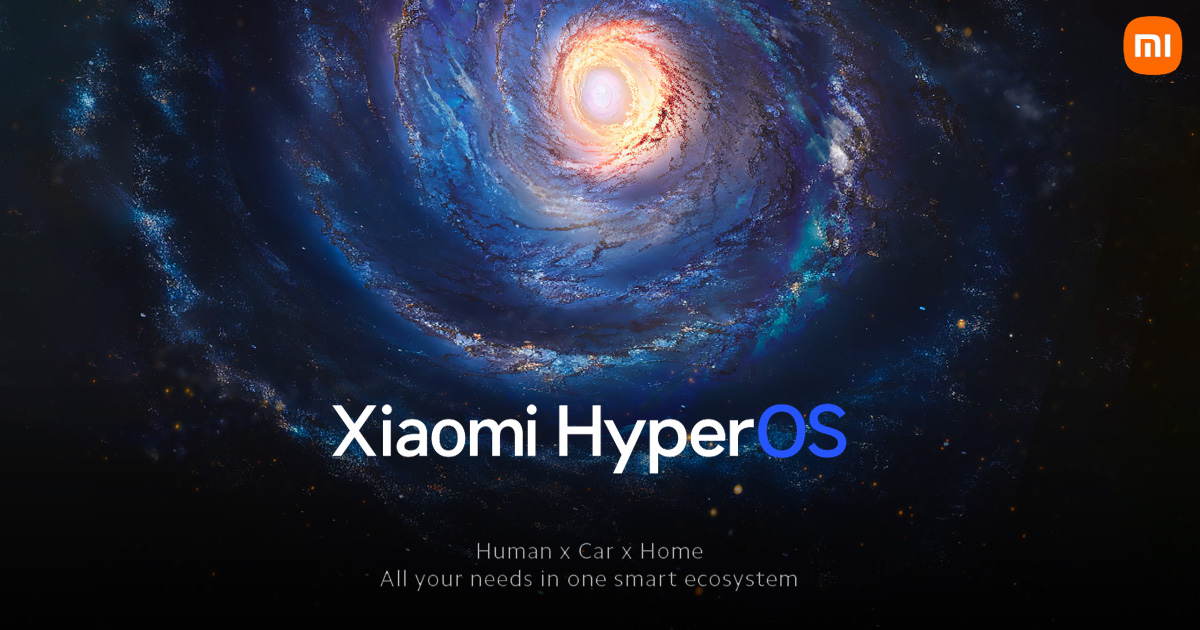
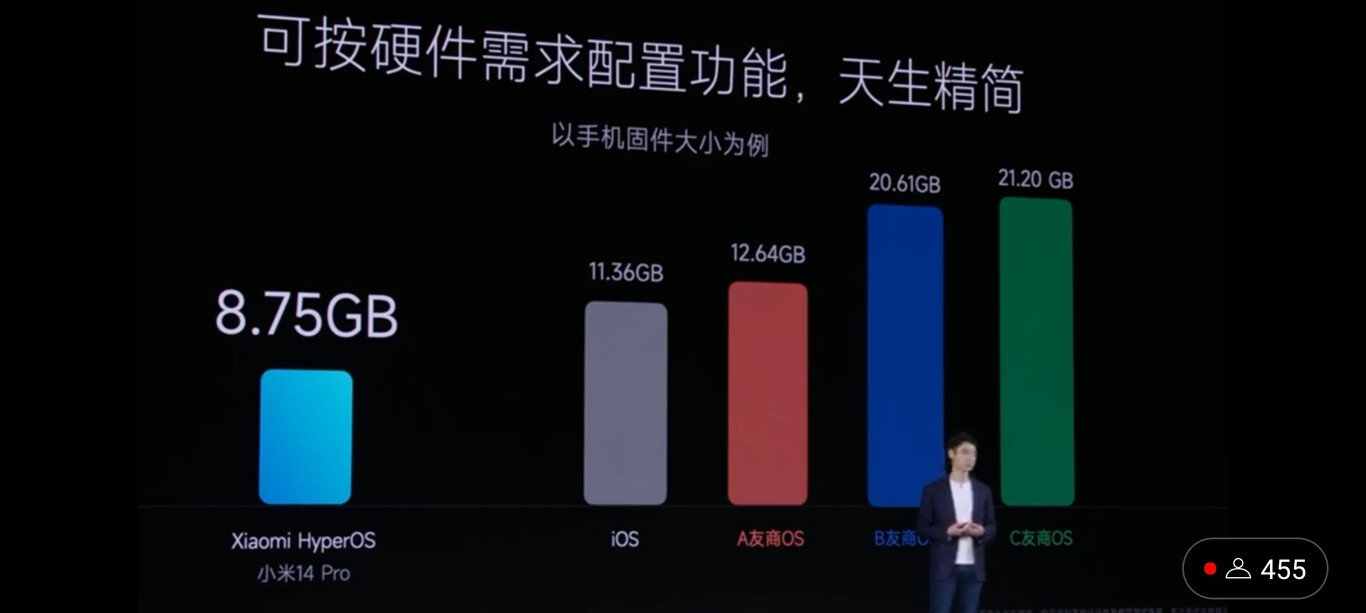
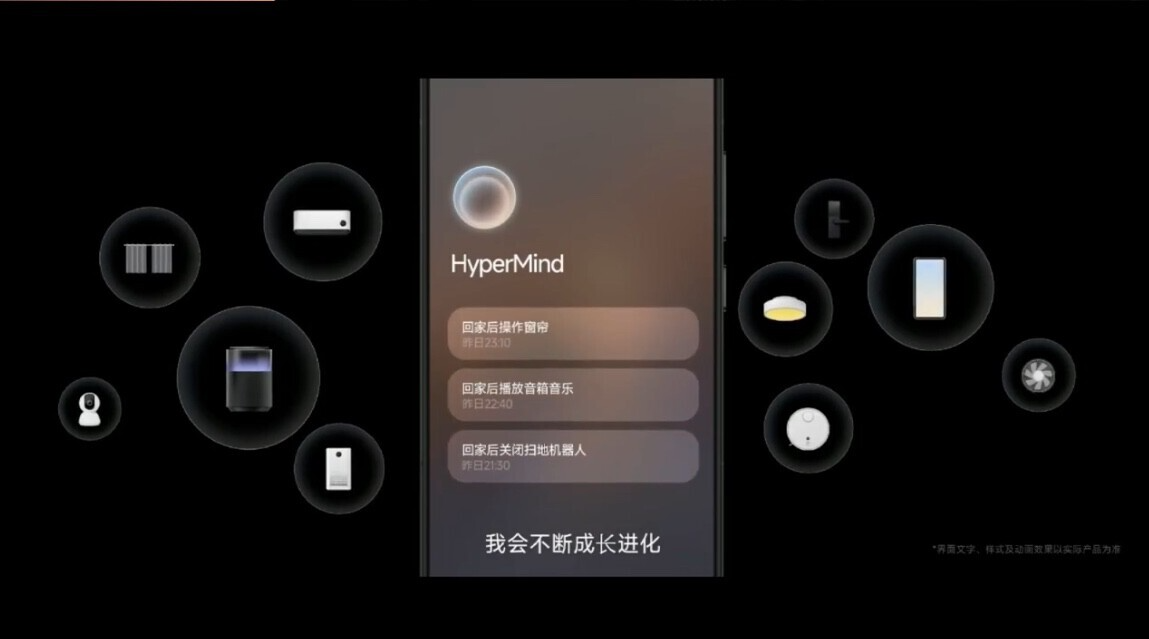
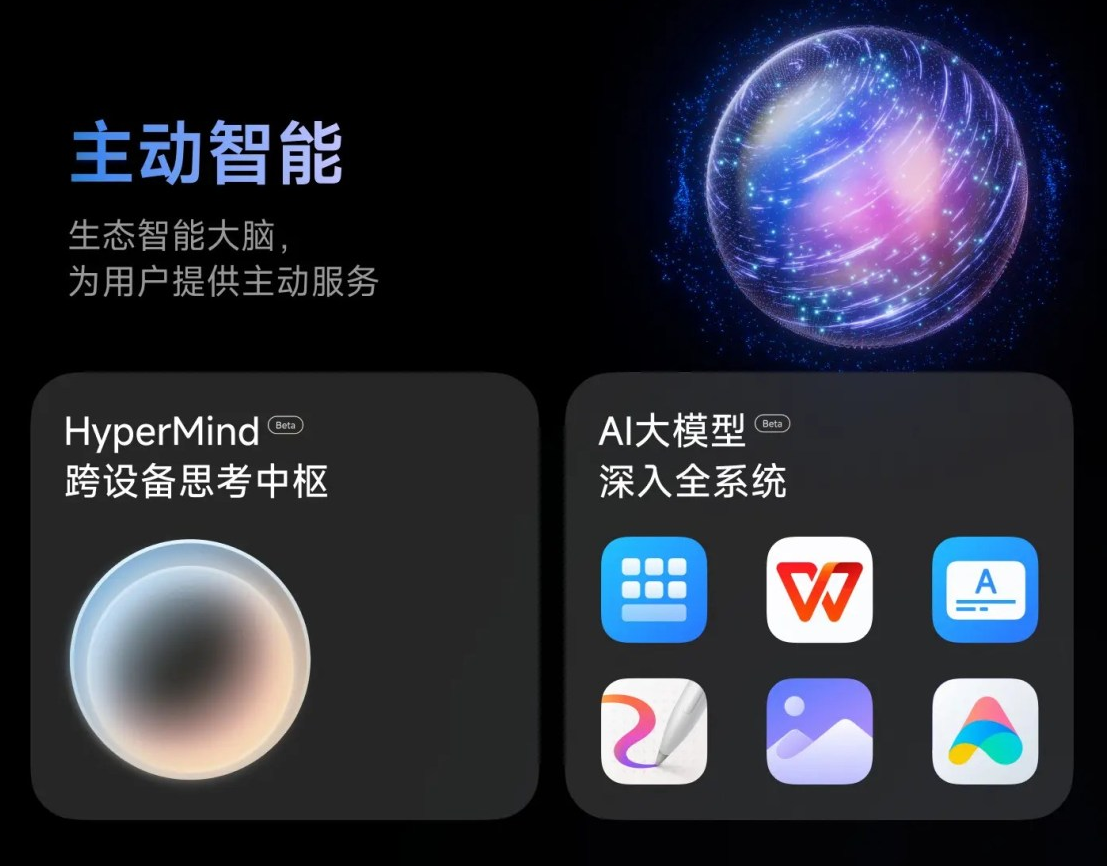



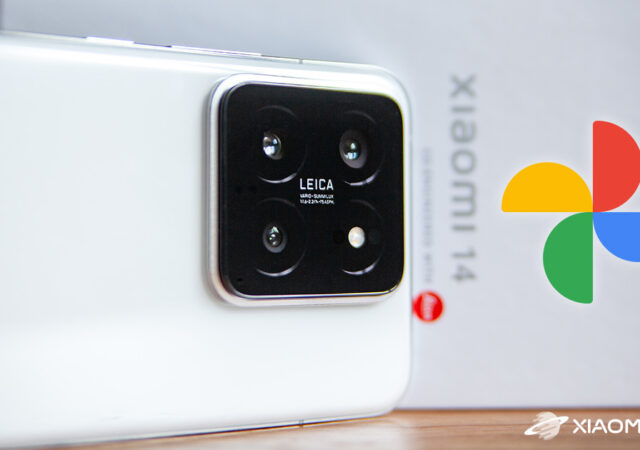
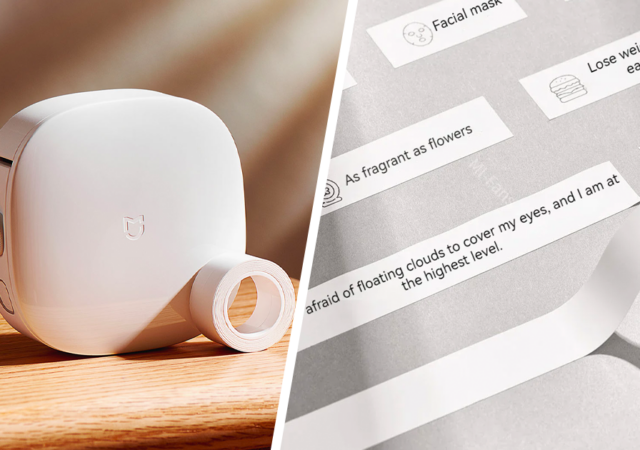
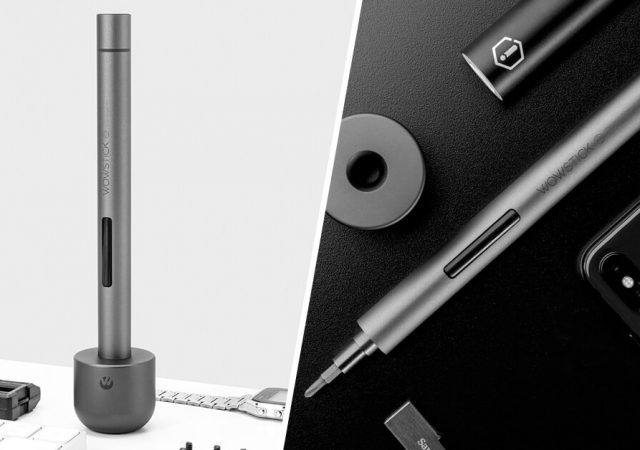
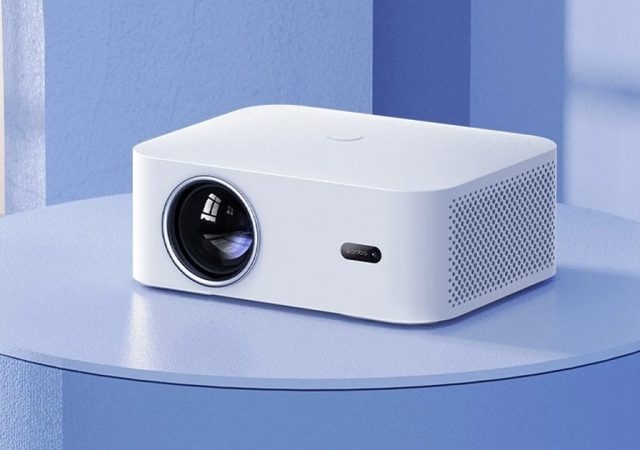

I don't see health there Poco F5. Did they forget to add it there or does it really not get an update to HyperOS?
Xiaomi 11 Ultra too? Well, that would be great
Hello,
will android auto still work after the update?
the only thing that interests me is data security and whether google services will remain
Google services will definitely remain in the global version.
As far as I know, Huawei does not have google services with its own OS
That's right, Huawei doesn't have one, but you're on the page about Xiaomi 🙂
Can I ask, I have a Xiaomi phone on android 13, specifically Xiaomi 12x, what is the difference between hyperos on android 13 and 14? Will I get the lock screen customization feature like I did on android 14? Thank you in advance for your answer.